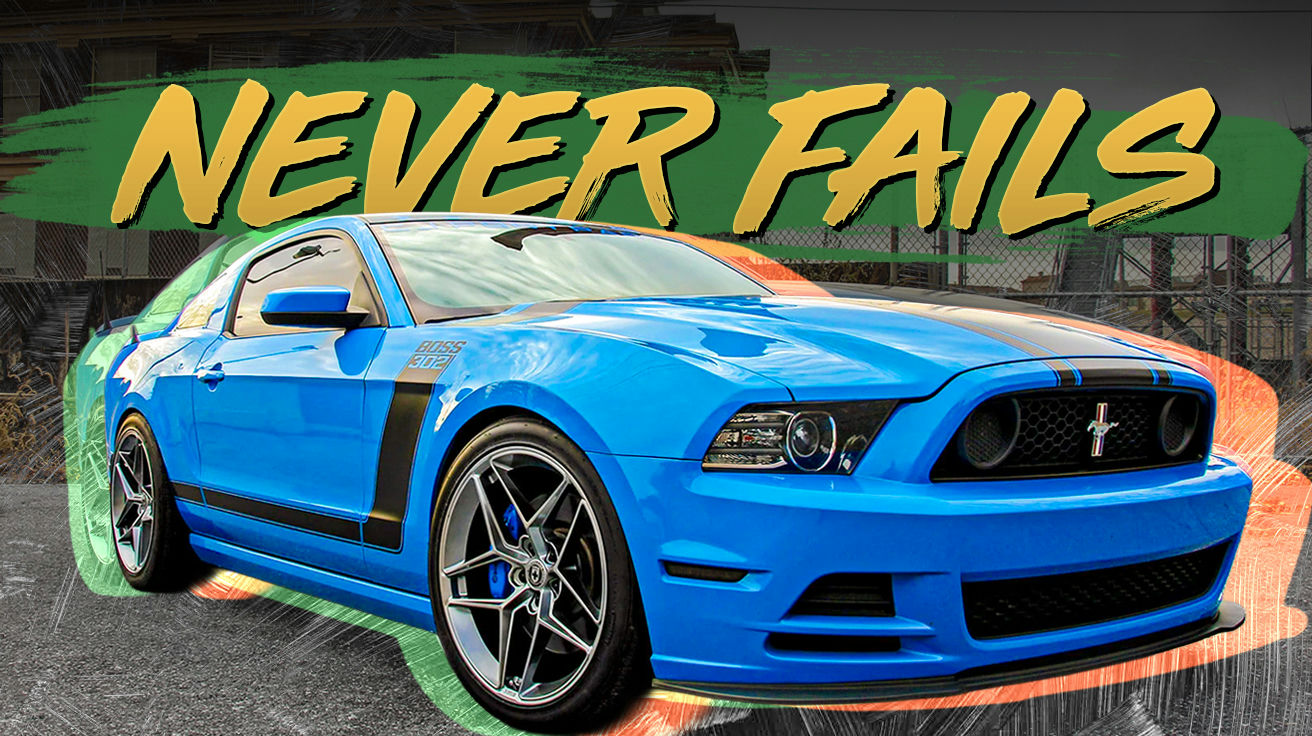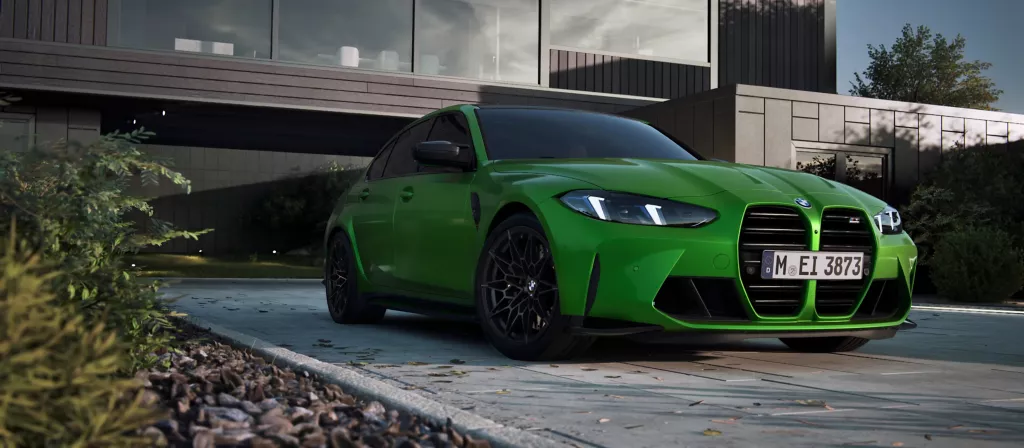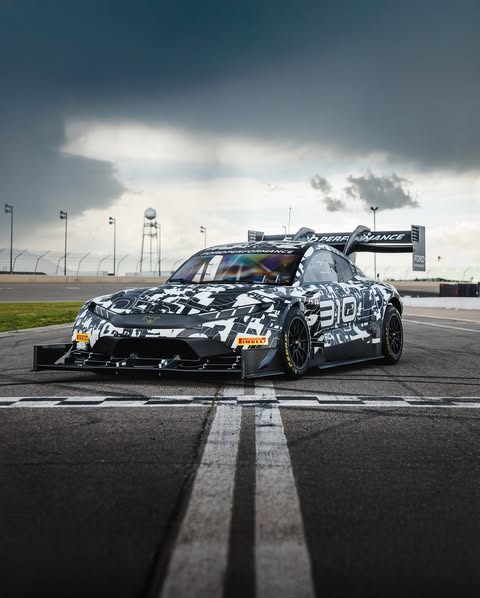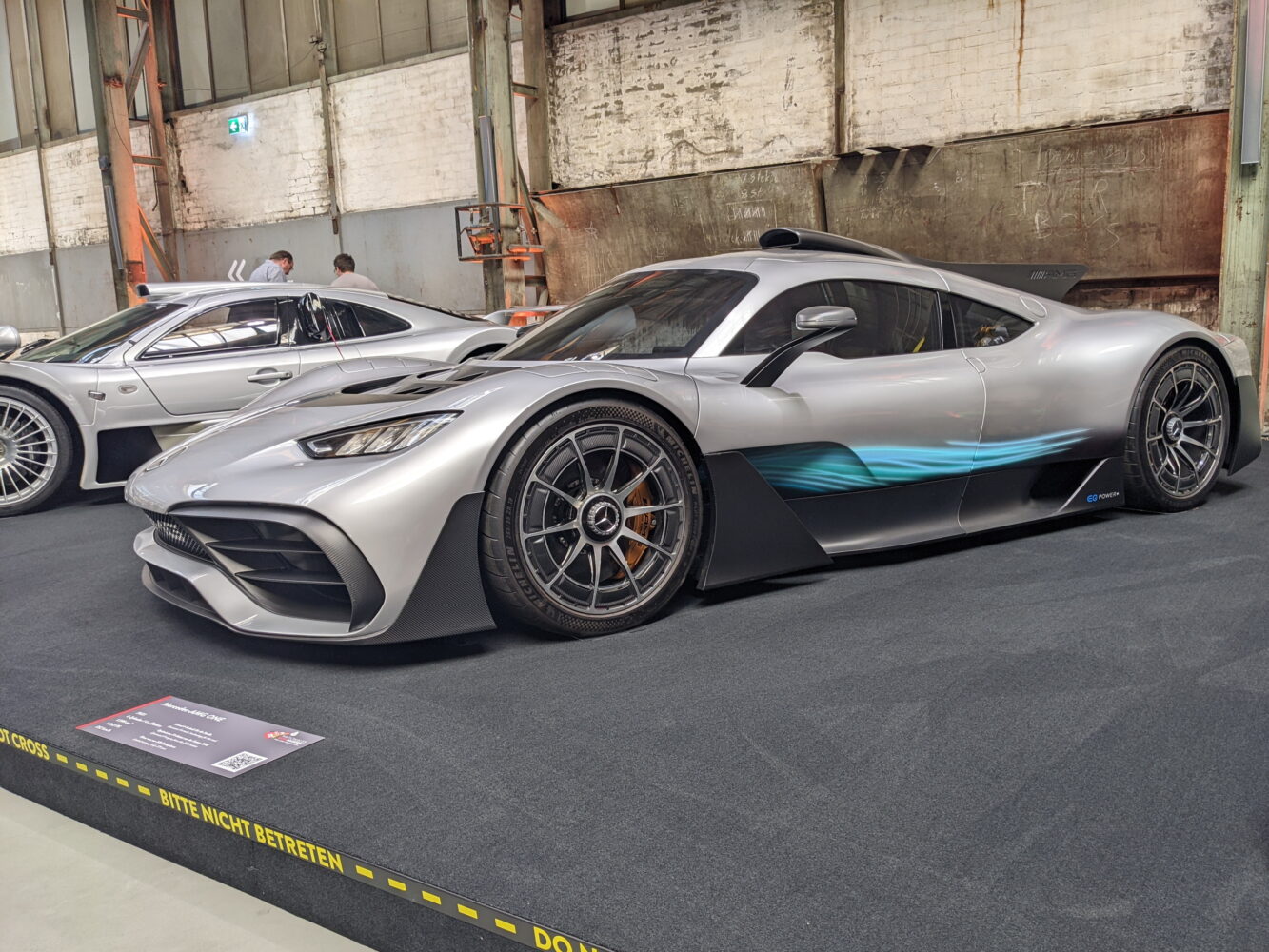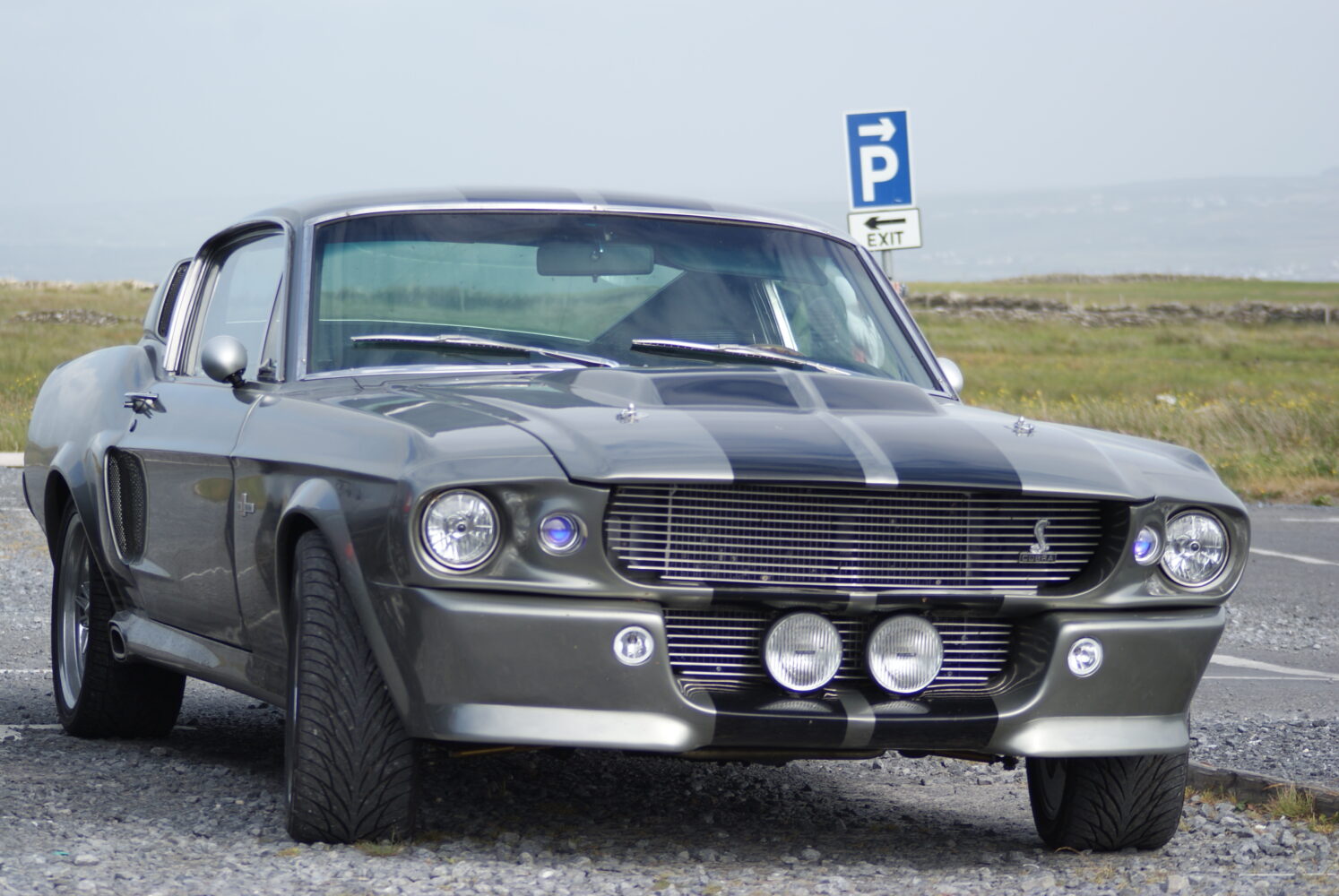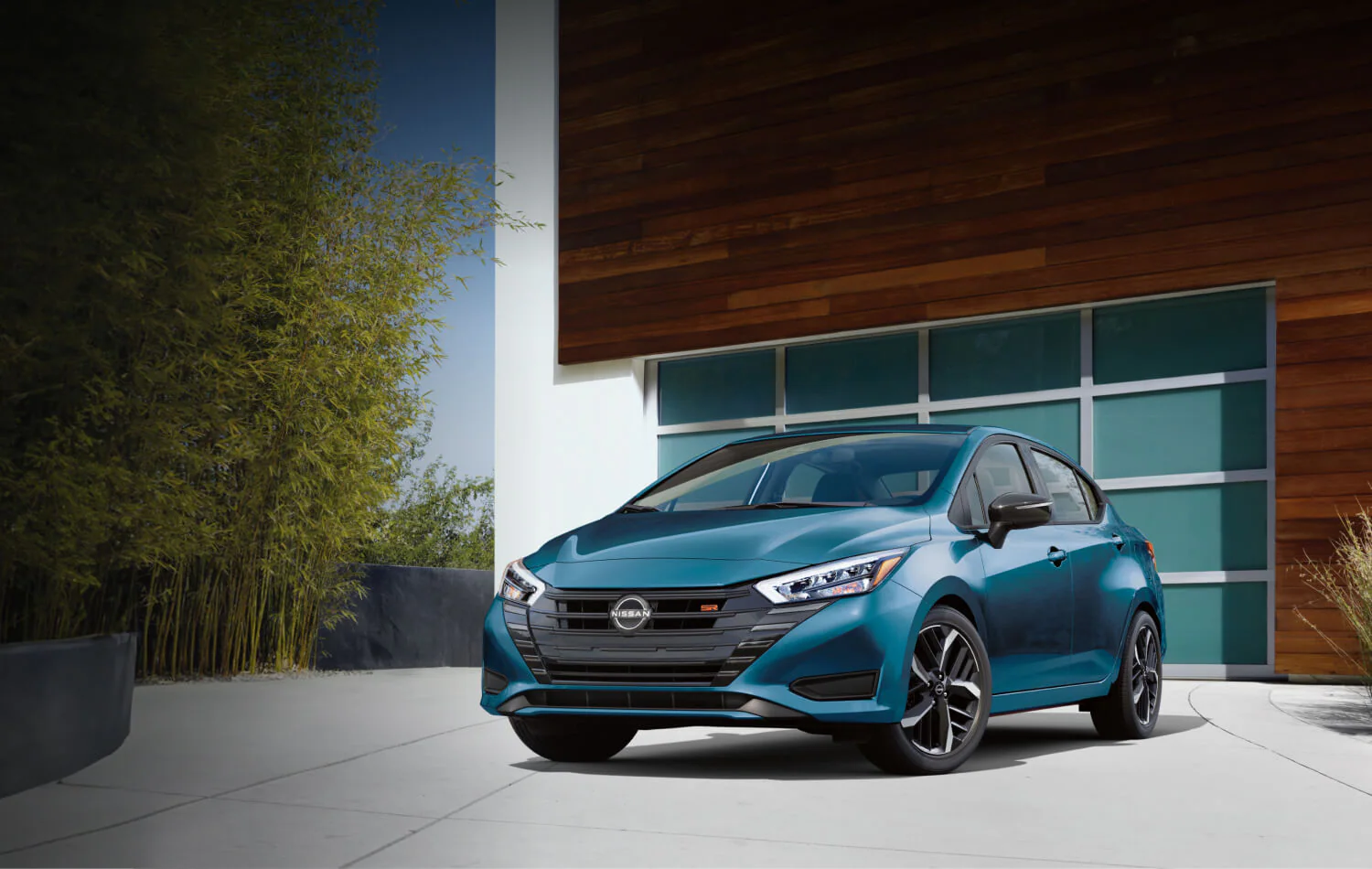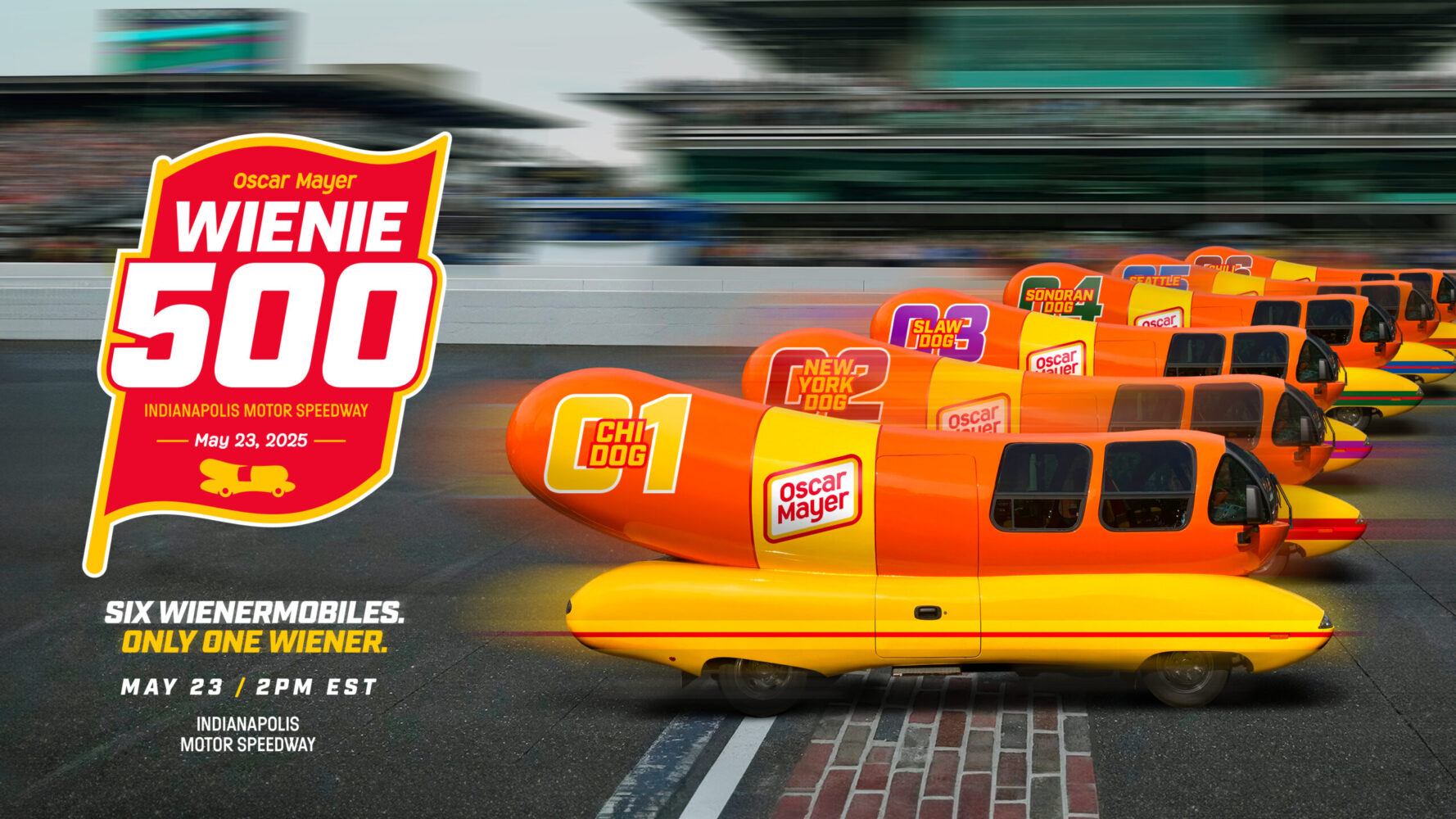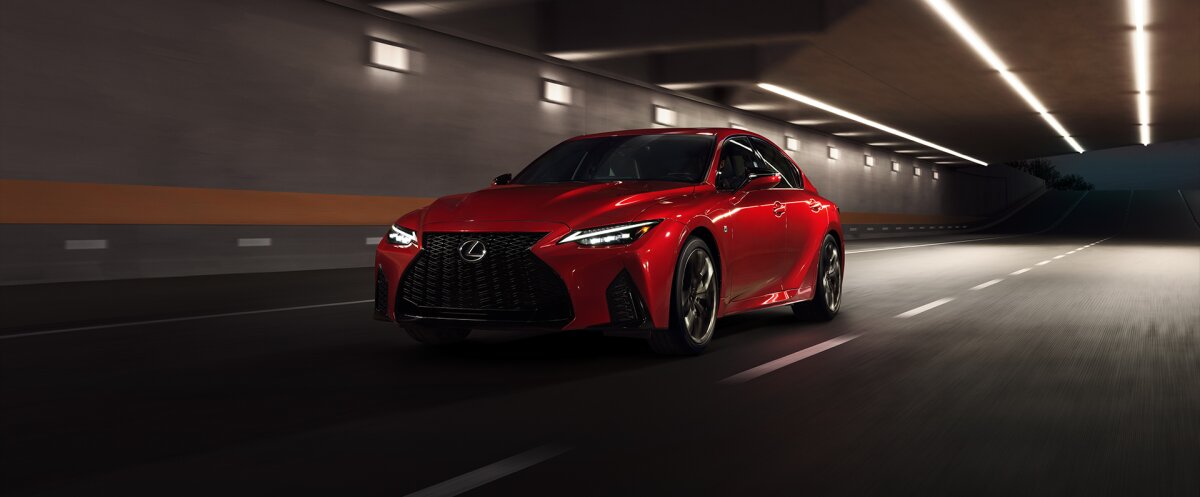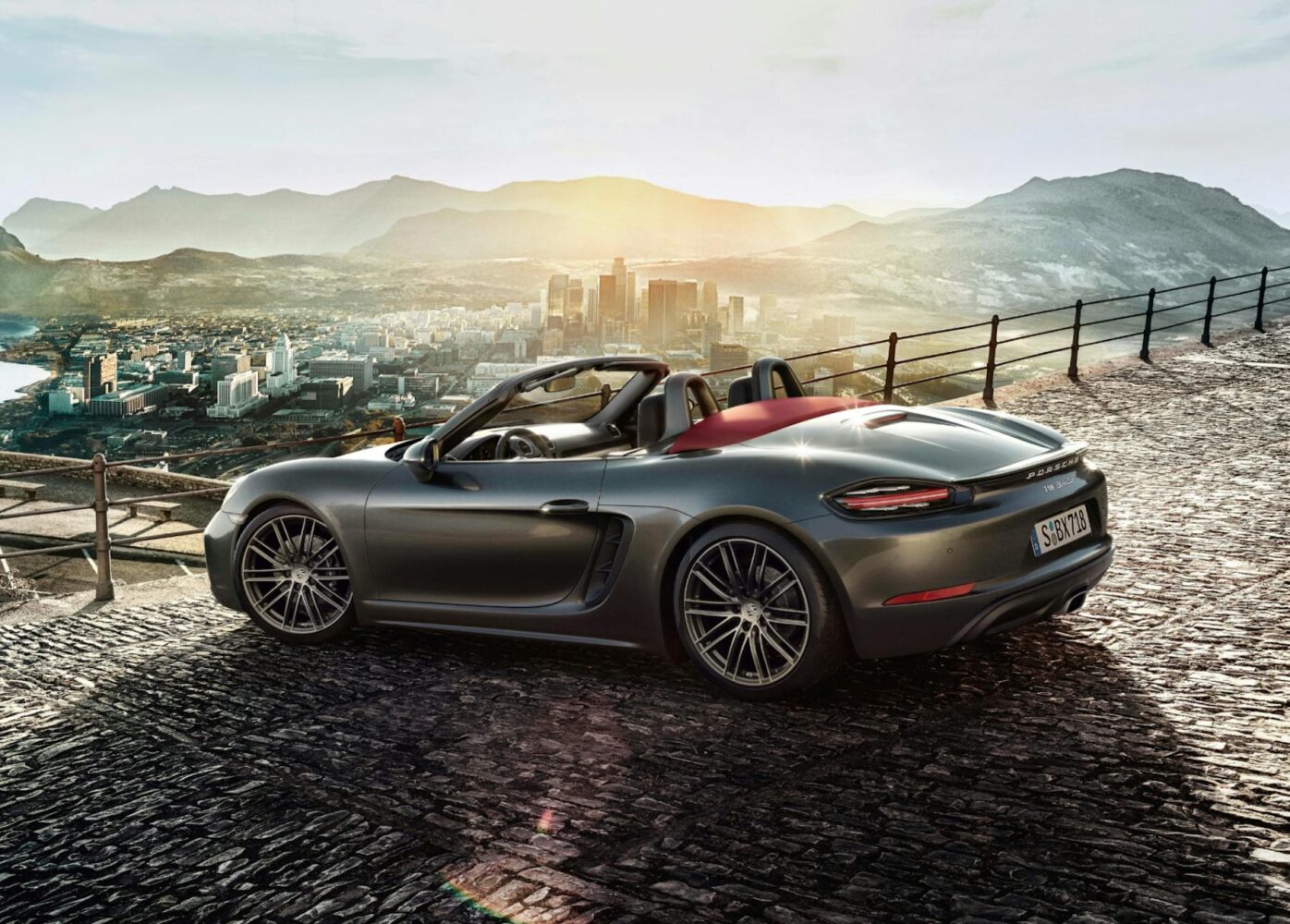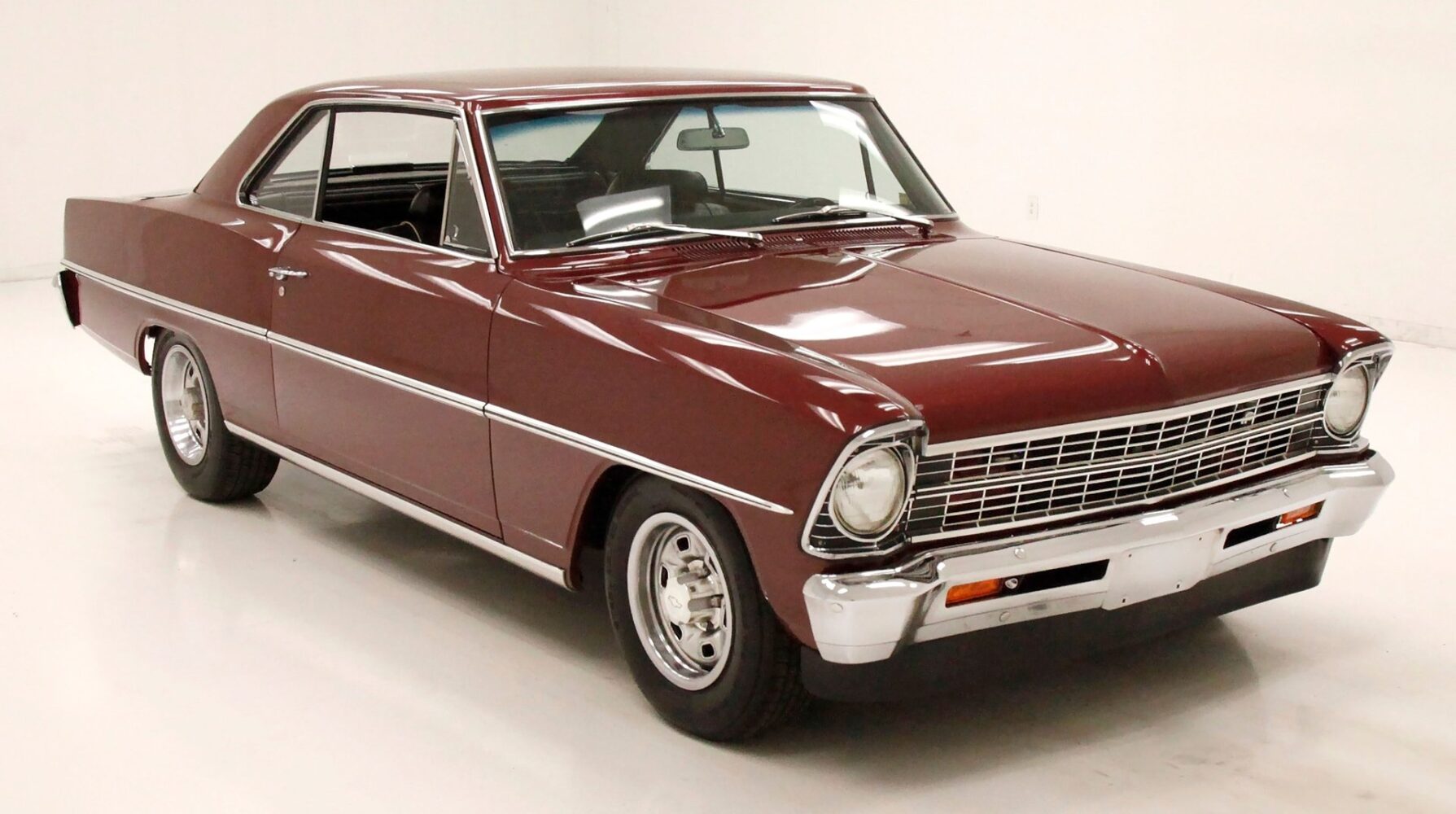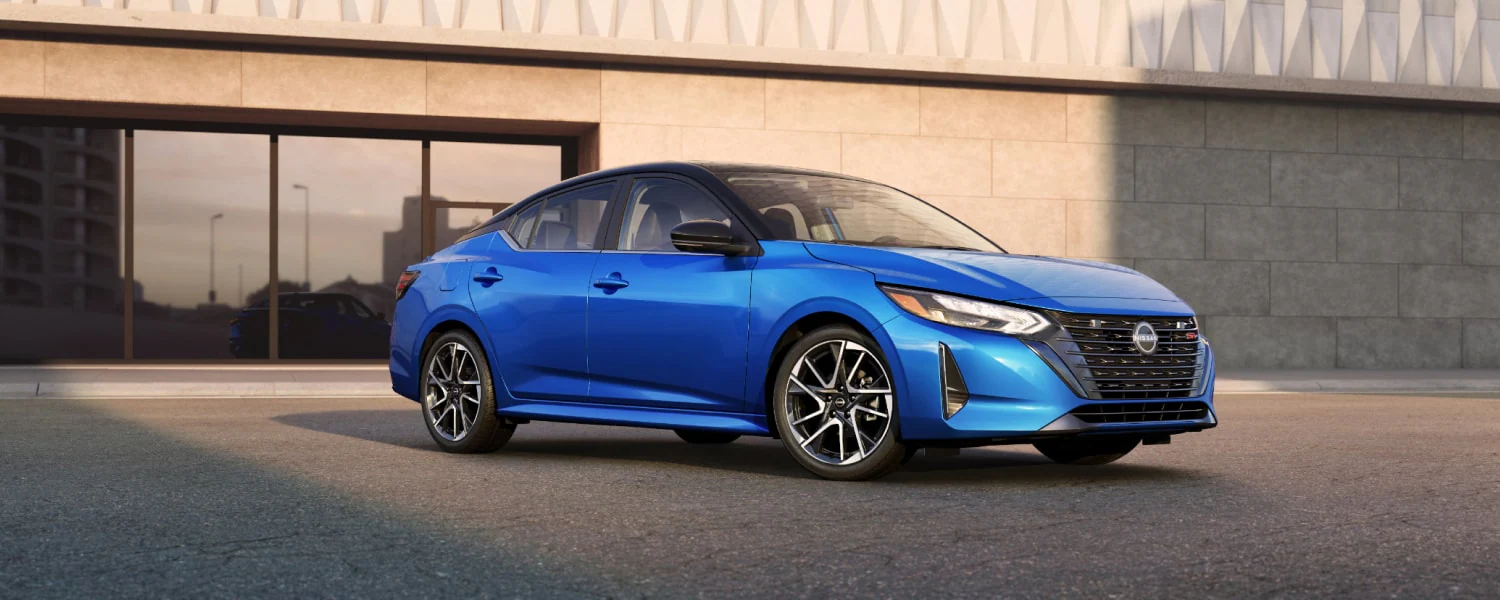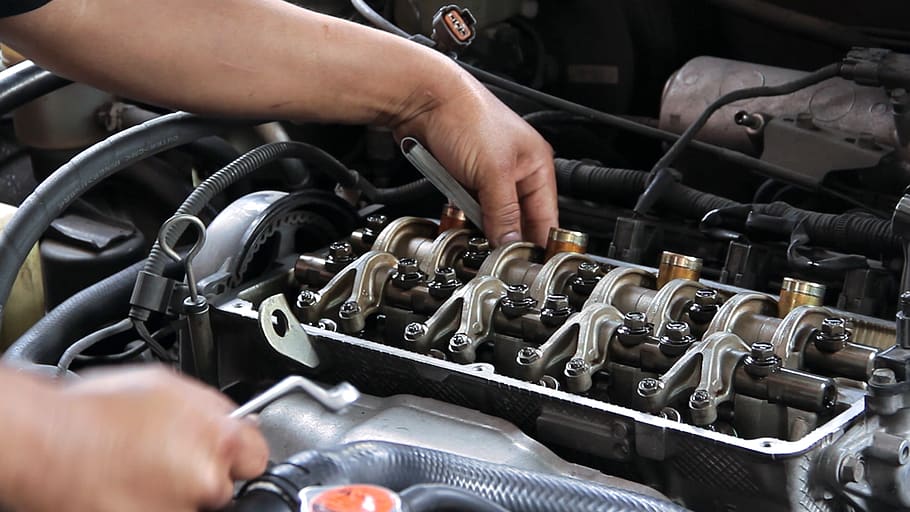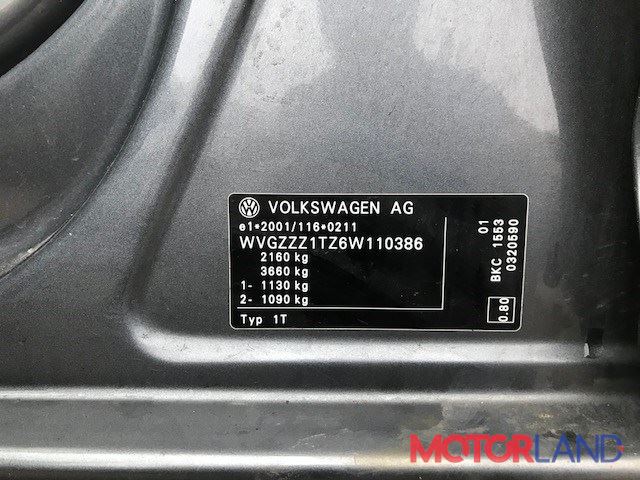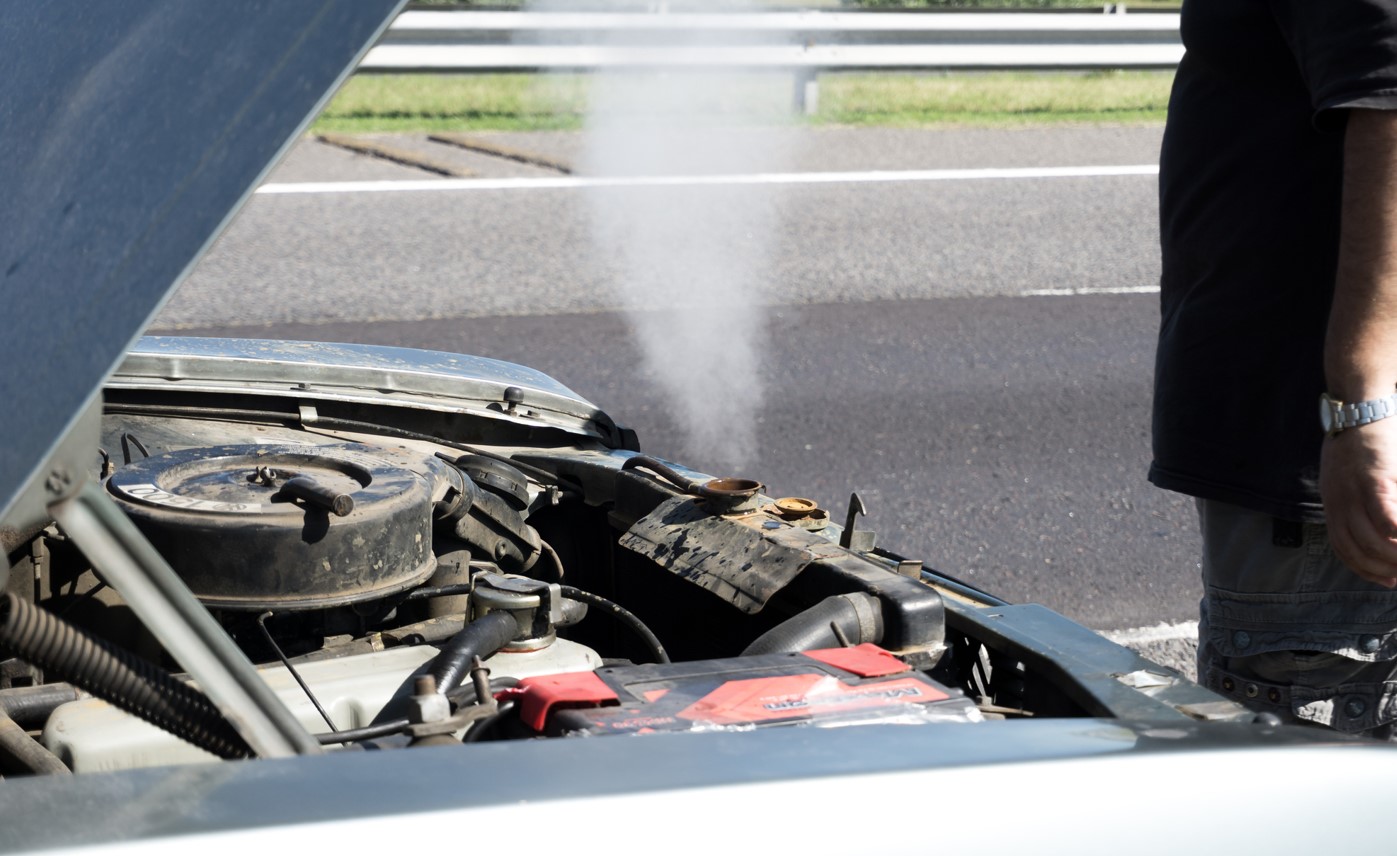Classic cars seduce with their timeless profiles and nostalgic charm, but the romance often shatters against the cold anvil of mechanical reality. What starts as weekend joy turns into a never-ending parade of parts catalogs and knuckle-busting repairs. The vehicles below aren’t just pretty faces with good PR teams—they’re engineering triumphs that continue delivering decades after their birthdays. These machines won’t leave you stranded on the shoulder while your friends enjoy the car show without you.
11. Fourth Generation Chevrolet Camaro (1993-2002) (Interior)
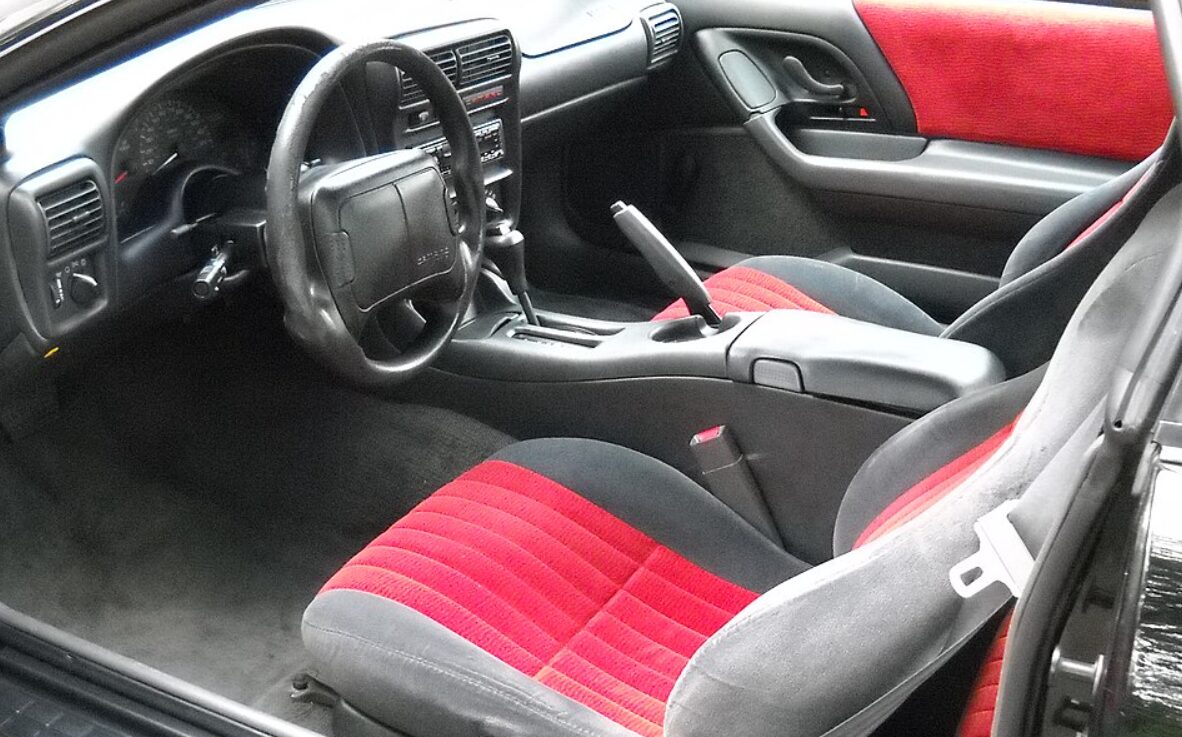
The cabin balances sport and comfort better than most period competitors. Bucket seats provide adequate support during spirited driving while remaining tolerable for daily commutes, unlike some contemporaries that felt like torture devices. The dashboard puts essential controls within easy reach without requiring contortions.
Build quality feels solid for a 90s GM product, with switches that don’t break immediately. The rear seats accommodate actual humans, making this a legitimate four-seater rather than a 2+2 pretender.
Fourth Generation Chevrolet Camaro (Exterior)

The aggressive stance communicates serious intent without looking cartoonish decades later. Clean lines and purposeful proportions have aged well, avoiding overwrought styling that plagued many contemporary performance cars. Functional hood scoops serve actual aerodynamic purposes rather than decoration.
Panel gaps remain consistent throughout production, showing GM’s manufacturing quality finally caught up. The overall package delivers timeless muscle car aesthetics without embarrassing design elements that date other 90s cars.
10. Chevrolet Trailblazer XUV (2004-2006) (Interior)
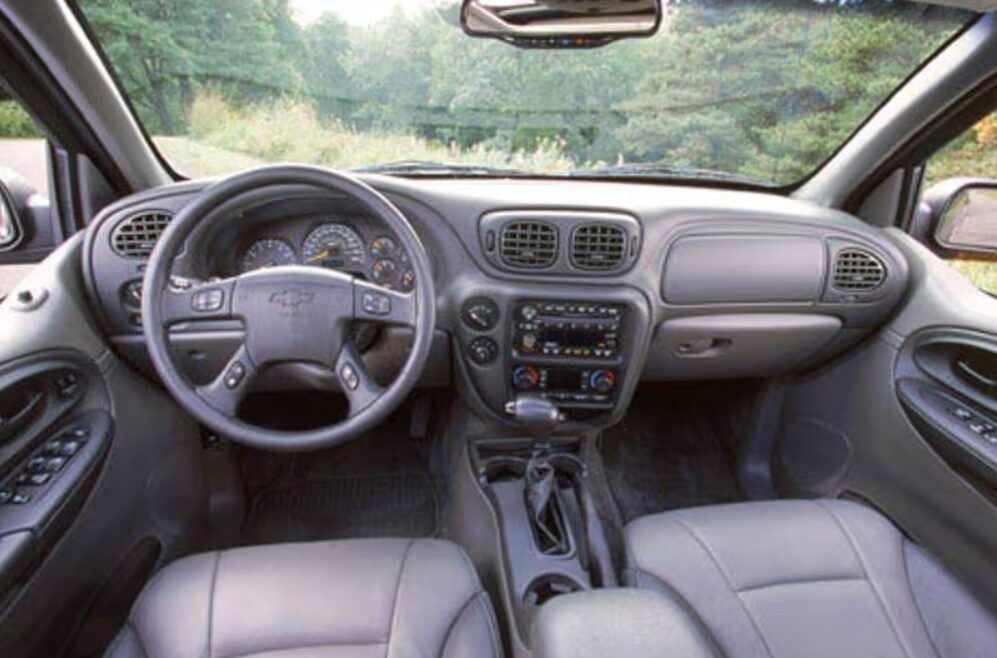
The cabin prioritizes functionality over flashy design gimmicks. Controls fall easily to hand while the seating position provides commanding visibility without feeling like a school bus. The plastic-lined cargo area makes post-adventure cleanup effortless, unlike carpeted alternatives.
Rear seat space accommodates actual adults comfortably. The removable rear window coordinates with the retractable roof to create genuine open-air versatility that transforms routine errands into adventures.
Chevrolet Trailblazer XUV (Exterior)

The distinctive profile separates the XUV from cookie-cutter SUV mediocrity. Its retractable roof mechanism operates smoothly when maintained, creating a quasi-convertible experience no other SUV offered. The proportions avoid the bloated appearance of many contemporary mid-size SUVs.
Body cladding provides rugged visual appeal without crossing into cartoonish territory. The unique rear glass configuration serves both aesthetic and functional purposes, proving different doesn’t mean worse.
9. E30 BMW 3 Series (1983-1994) (Interior)

The cabin epitomizes German functionality without unnecessary complexity. Sport seats provide excellent lateral support during cornering while remaining comfortable for highway drives, striking a balance rarely achieved today. The dashboard places every control exactly where logic suggests.
Build quality reflects BMW’s 1980s construction standards. Switches operate with satisfying precision while materials age gracefully rather than cracking immediately, unlike contemporary luxury interiors that disintegrate faster than election promises.
E30 BMW 3 Series (Exterior)

The timeless proportions established the template every compact sport sedan still chases. Clean lines avoid dated styling cues that scream their decade of origin. The kidney grilles maintain proper scale rather than growing to cartoonish proportions like modern BMWs.
Panel fit demonstrates German engineering standards that put contemporary competitors to shame. The overall stance communicates athletic ability without resorting to aggressive body kits or ridiculous spoilers.
8. Volvo P1800 (1961-1973) (Interior)
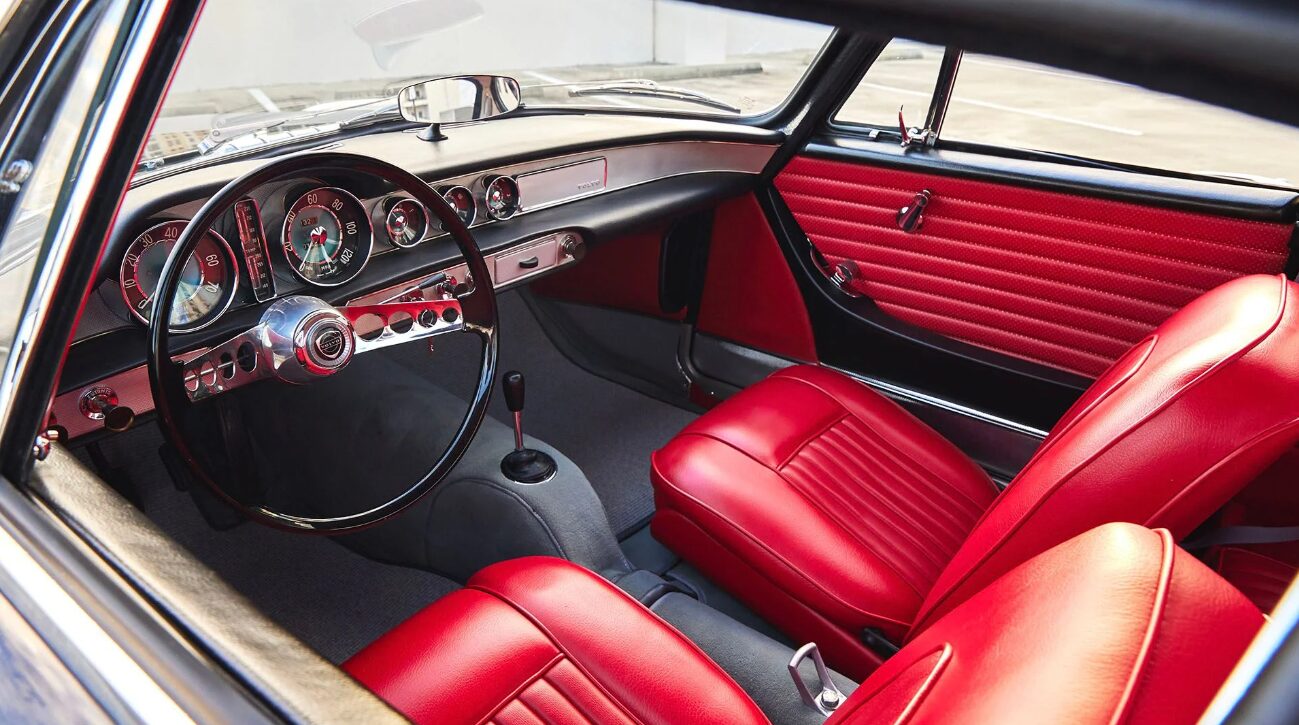
The cabin combines Scandinavian minimalism with surprising comfort for long-distance touring. Seats offer excellent support during extended drives while maintaining clean aesthetics Volvo mastered before safety became their only talking point. The dashboard features straightforward instrumentation without unnecessary complexity.
Controls operate with mechanical precision that makes modern touch interfaces feel like Fisher-Price toys. The interior maximizes efficiency without feeling cramped, proving good design transcends era-specific trends.
Volvo P1800 (Exterior)

The distinctive shooting brake silhouette influenced sports cars for decades. Flowing lines create timeless elegance that makes contemporary exotics look overwrought and desperate. The greenhouse provides excellent visibility unlike modern cars designed by stylists who never drive.
Build quality reflects Swedish engineering standards that prioritized longevity over planned obsolescence. Panel gaps remain consistent while chrome maintains its finish decades later, demonstrating what happens when manufacturers care about durability.
7. Mazda Miata (NB Generation, 1999-2005) (Interior)
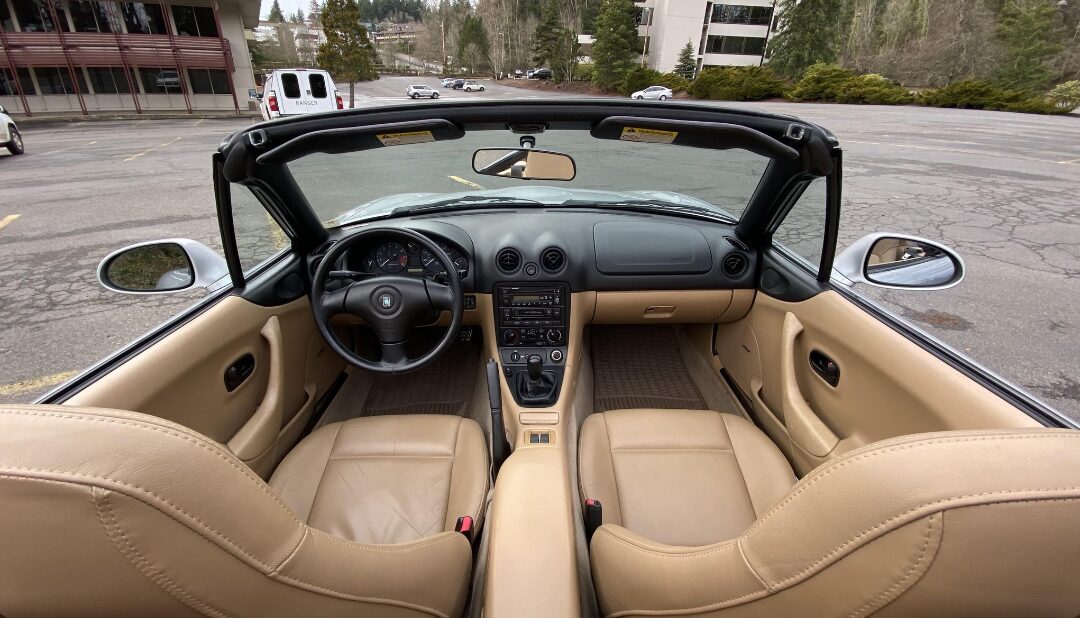
The cockpit prioritizes driver engagement over luxury pretensions that bloat modern sports cars. Everything falls within easy reach while the seating position creates immediate connection between driver and machine. The simple dashboard eliminates distractions, focusing attention on driving rather than infotainment complexity.
Build quality exceeds expectations for an affordable sports car, with controls that operate smoothly after decades. Storage remains minimal but adequate for weekend adventures, proving sports cars don’t need to accommodate your entire life.
Mazda Miata (Exterior)

The proportions nail the classic roadster formula without resorting to retro styling clichés. Clean lines create visual appeal that transcends generational preferences. The fixed headlights eliminate mechanical complexity and maintenance headaches of the previous generation’s pop-ups.
Paint quality holds up remarkably well considering the price point, while panel fit demonstrates Japanese manufacturing precision. The overall package delivers timeless sports car aesthetics without pretentious design elements.
6. Toyota FJ40 Land Cruiser (1960-1984) (Interior)
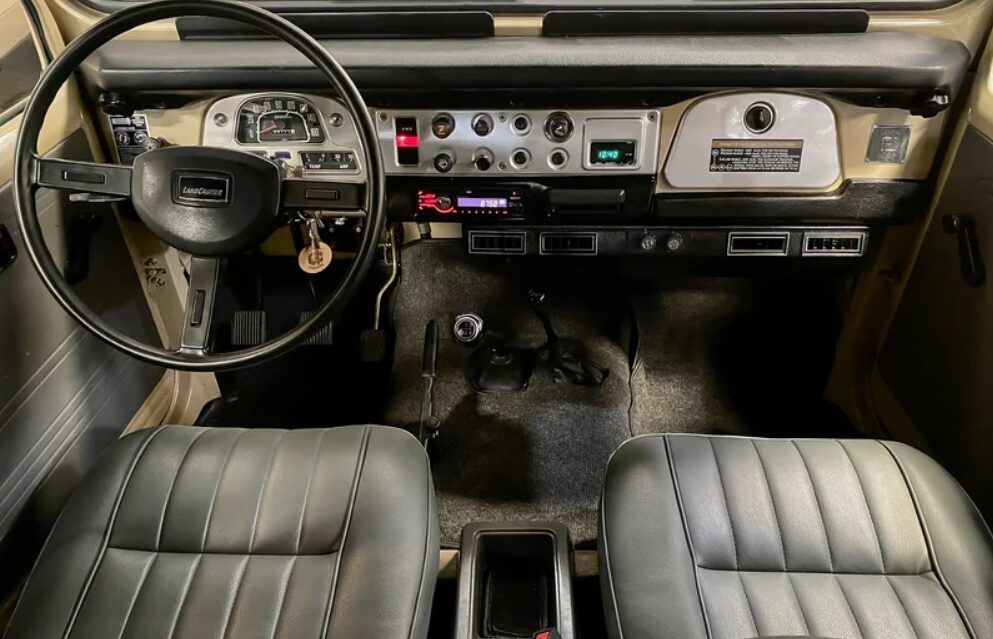
The spartan cabin prioritizes function over form in ways that shame modern luxury SUVs with their useless technology. Simple controls operate reliably in extreme conditions where touchscreens would immediately surrender to dust, moisture, or temperature variations. Seating provides adequate comfort for long expeditions while maintaining the durability necessary for serious off-road use.
Visibility remains excellent in all directions thanks to large windows and upright seating position. The interior layout reflects Toyota’s understanding that utility vehicles should actually be useful rather than rolling entertainment centers designed for suburban mall crawling.
Toyota FJ40 Land Cruiser (Exterior)

The iconic design established the template for serious off-road vehicles that continues influencing truck design today. Functional elements like the external spare tire and minimalist bumpers serve genuine purposes rather than stylistic affectation. The upright stance and short overhangs provide approach and departure angles that modern SUVs can only dream about.
Build quality demonstrates Toyota’s commitment to durability that established their global reputation. Body panels resist corrosion better than contemporary American trucks while maintaining structural integrity after decades of abuse that would destroy lesser vehicles completely.
5. Lincoln Town Car (1998-2011) (Interior)
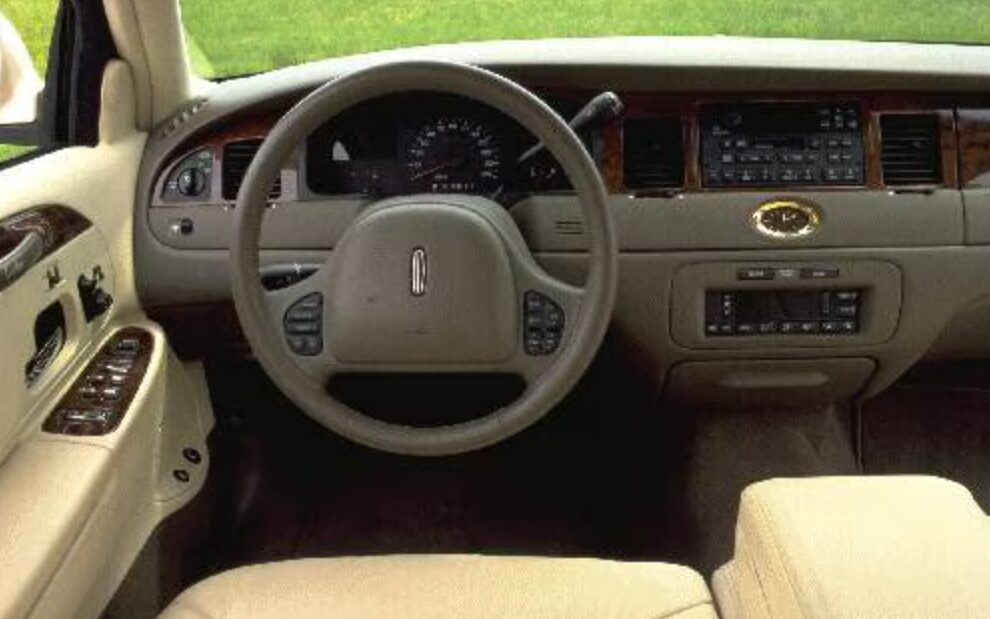
The cabin delivers legitimate luxury without electronic complexity that plagues modern premium vehicles. Plush seating accommodates passengers of all sizes while maintaining comfort during extended highway cruising. Climate control operates through simple, reliable mechanical systems rather than temperamental digital interfaces.
Build quality reflects Ford’s peak luxury construction before cost-cutting ruined everything. Switches operate smoothly after decades while materials age gracefully rather than cracking immediately upon sunlight exposure.
Lincoln Town Car (Exterior)

The imposing presence commands respect without resorting to aggressive styling that dates other luxury sedans. Clean lines and traditional proportions create timeless elegance that makes modern luxury cars look desperate. The substantial body provides real crash protection rather than relying solely on electronic nannies.
Paint quality and chrome maintain their appearance longer than expected for domestic luxury cars. Panel gaps remain consistent throughout production, demonstrating Ford’s commitment to quality during the Town Car’s final generation.
4. Ford Mustang (S197 Generation, 2005-2009) (Interior)
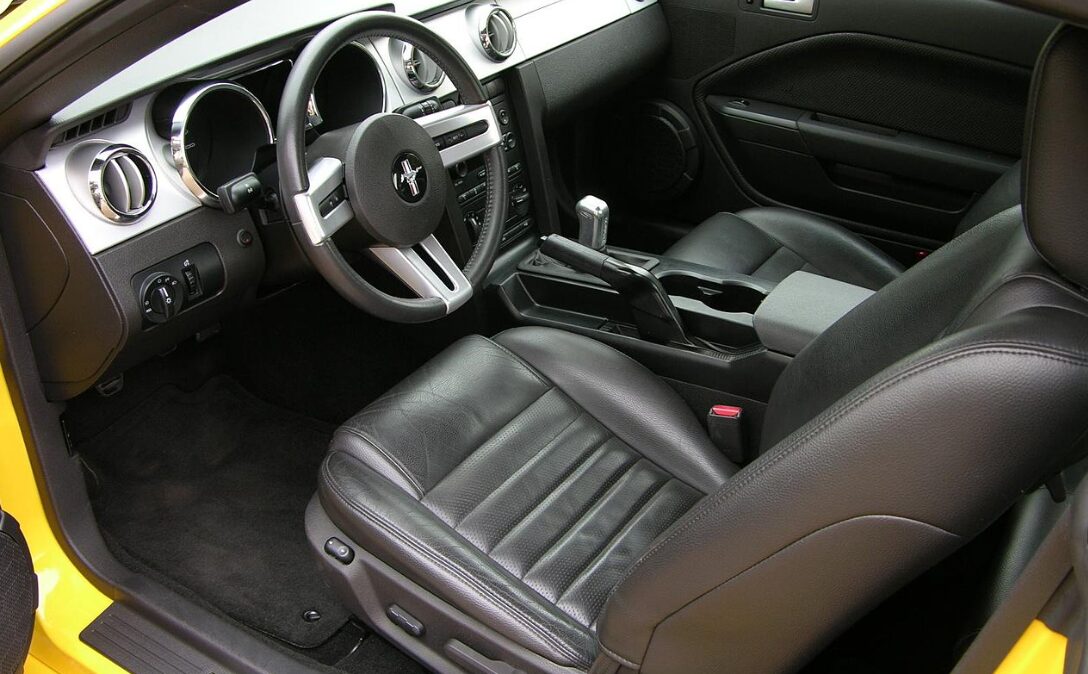
The cabin blends retro styling with modern functionality that actually works. Sport seats provide adequate support for spirited driving while remaining comfortable during daily commutes, unlike some performance cars that feel like torture devices. The customizable instrument cluster lighting allows personalization without requiring computer degrees.
Build quality represents significant improvement over previous Mustang generations, with switches that operate smoothly rather than breaking immediately. Storage remains practical for a sports car while maintaining focused driver environment.
Ford Mustang (Exterior)

The retro-inspired design captures 1960s Mustang essence without looking like a cheap costume knockoff. Proportions nail the classic pony car formula while incorporating modern safety requirements seamlessly. The aggressive stance communicates performance capability the drivetrain can actually deliver.
Panel fit and paint quality demonstrate Ford’s improved manufacturing standards during the mid-2000s. The overall design has aged well, avoiding overwrought styling that immediately dates other retro vehicles.
3. Jeep Cherokee (XJ, 1984-2001) (Interior)
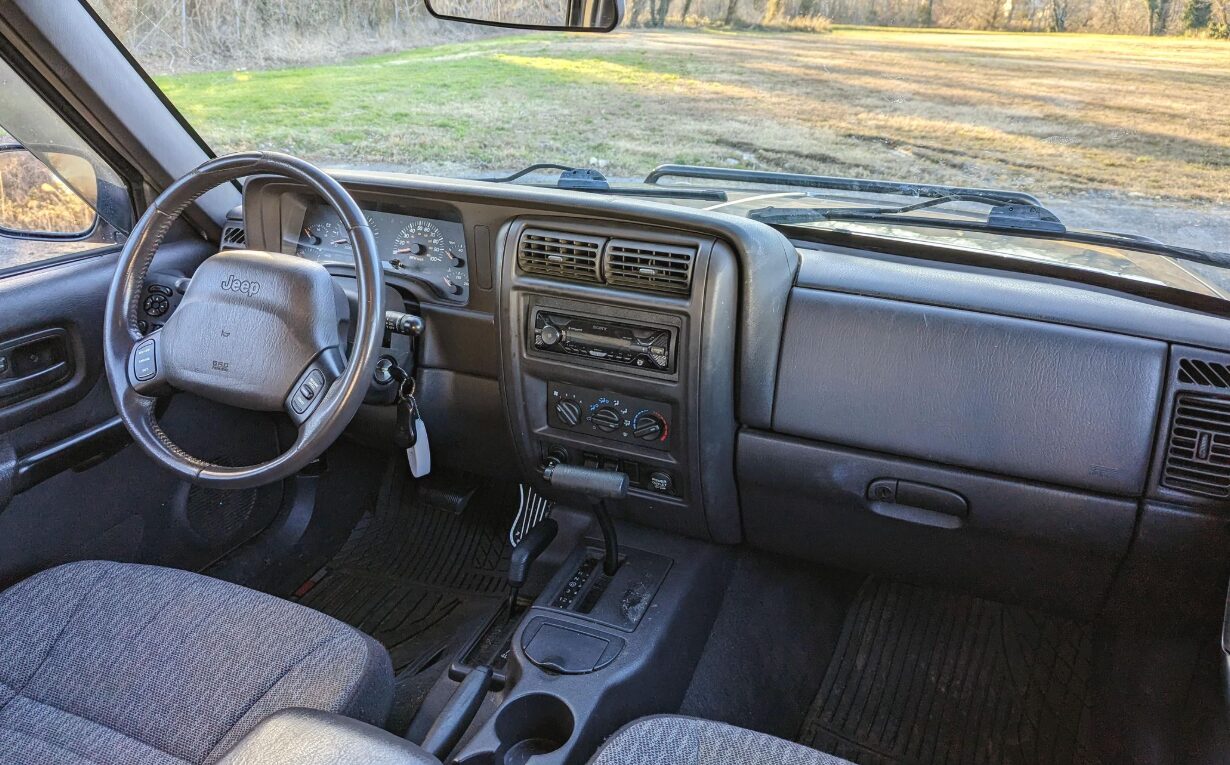
The utilitarian cabin prioritizes functionality over luxury pretensions that have no place in serious off-road vehicles. Seating provides adequate comfort for expeditions while materials resist abuse from genuine outdoor use rather than suburban mall crawling. Controls operate reliably even when covered in mud or dust.
Visibility remains excellent thanks to large windows and upright seating that provides commanding views of obstacles. Storage solutions maximize utility without unnecessary complexity, proving good design doesn’t require touchscreens.
Jeep Cherokee (Exterior)

The boxy design maximizes interior space while minimizing unnecessary styling flourishes. Clean lines have aged well compared to contemporary SUVs that tried too hard to look distinctive. The upright stance provides approach angles that shame modern “trail-rated” pretenders.
Build quality demonstrates Chrysler’s commitment to durability during XJ development rather than planned obsolescence. Body panels resist corrosion better than expected while maintaining structural integrity after decades of abuse.
2. Honda CRX (1984-1991) (Interior)
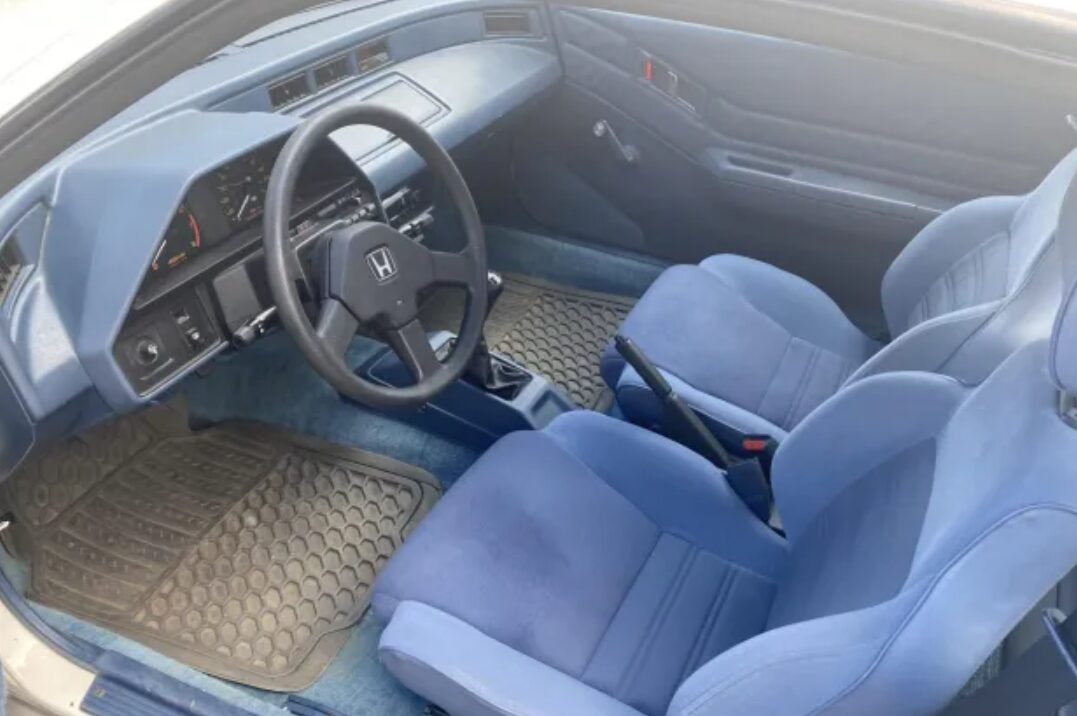
The minimalist cabin eliminates every unnecessary element that adds weight or complexity. Simple controls operate precisely while the spartan layout keeps focus on the road rather than infotainment distractions. Seating provides adequate support for spirited driving despite budget-conscious construction materials.
Visibility remains excellent thanks to large glass areas and thin pillars that modern safety regulations have eliminated. The interior reflects Honda’s understanding that sports cars should prioritize driving engagement over luxury appointments.
Honda CRX (Exterior)

The wedge-shaped profile cuts through air efficiently while creating distinctive visual appeal. Clean lines avoid dated styling elements that scream their decade of origin. The lightweight construction philosophy shows in every design decision, from thin panels to minimal chrome.
Build quality demonstrates Honda’s manufacturing precision during their engineering peak before corporate accountants took control. Panel fit remains consistent while paint holds up remarkably well considering the price point.
1. Lexus LS 400 (1990-2000) (Interior)
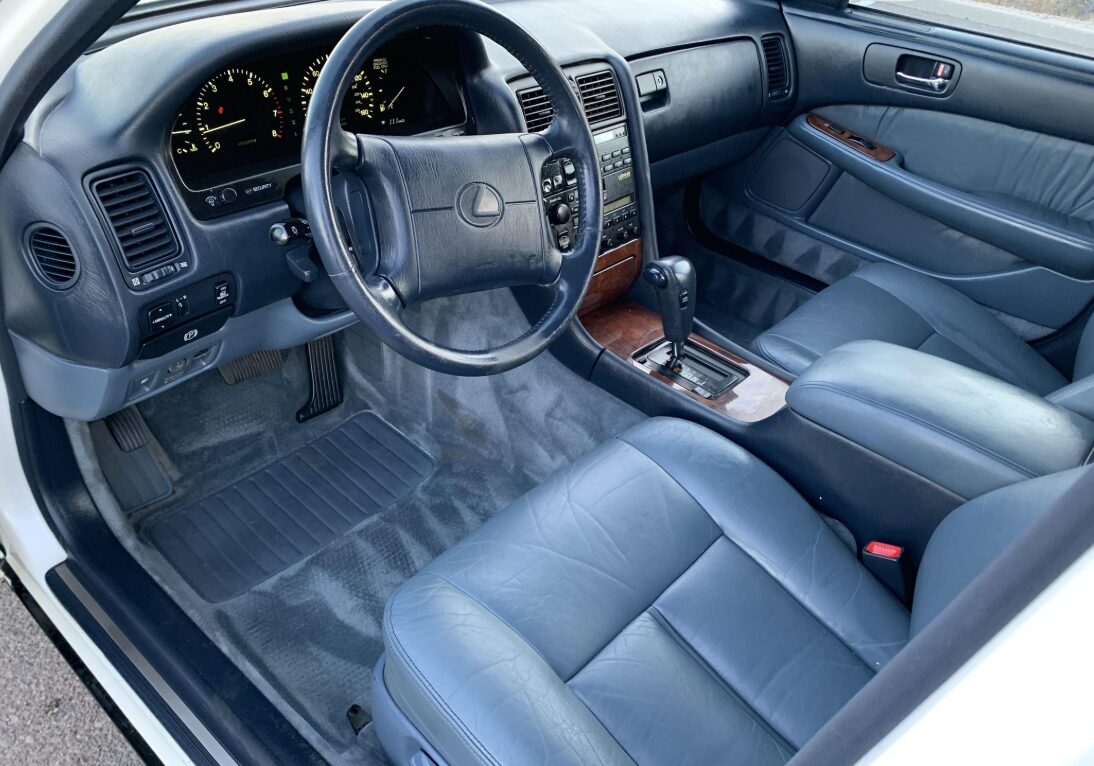
The cabin established new standards for luxury car refinement that German manufacturers struggled to match. Materials quality exceeds contemporary European competition while maintaining the reliability that made Lexus famous. Controls operate with mechanical precision that makes modern electronic interfaces feel like Fisher-Price toys.
The seating provides legitimate comfort for transcontinental journeys while sound insulation creates library-quiet operation. Every surface demonstrates Toyota’s commitment to long-term durability rather than impressive appearance that deteriorates after warranty expiration.
Lexus LS 400 (Exterior)

The understated design communicates confidence without resorting to ostentatious styling elements. Clean lines create timeless elegance that makes contemporary luxury sedans look desperate and overwrought. The substantial build quality shows in panel gaps that remain consistent decades later.
Paint quality and chrome maintain their appearance far longer than German competitors. The overall aesthetic proves excellent design doesn’t require aggressive styling or complex surface treatments.


